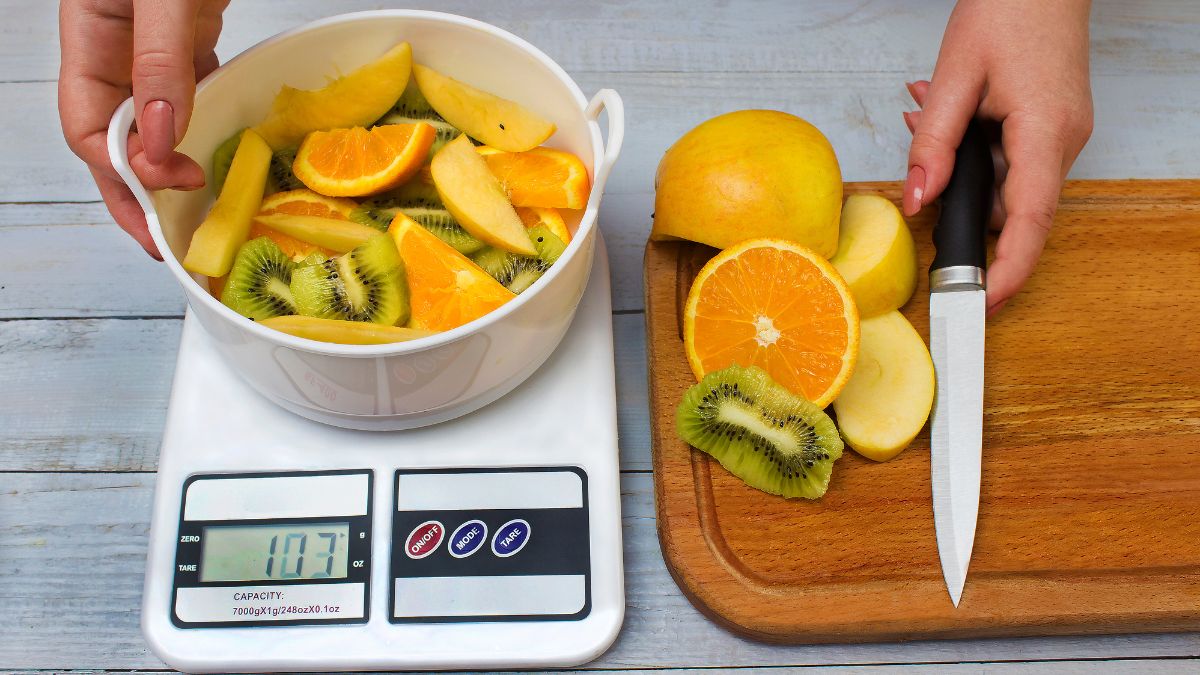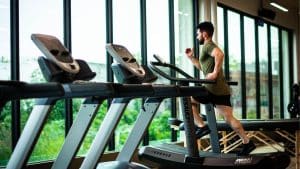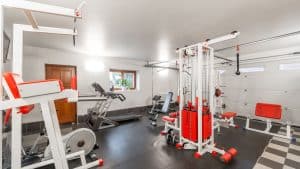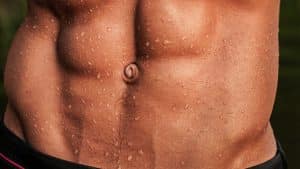Losing weight is all about creating a calorie deficit, meaning you burn more calories than you consume. While exercise and diet play key roles, tracking food intake and body weight using a scale can significantly speed up results. By applying math and science, you can make informed decisions, predict progress, and adjust strategies for better outcomes. Let’s explore how to use a scale to track food and body weight effectively.
Why Is Tracking Food and Body Weight Important for Weight Loss?
Most people underestimate how much they eat and overestimate how many calories they burn. This miscalculation often leads to stalled progress or weight gain. A scale provides precise data, helping you:
- Measure food intake accurately to stay within calorie limits
- Track weight trends and adjust strategies accordingly
- Improve portion control and avoid overeating
- Identify patterns and predict weight loss outcomes
By consistently tracking your progress, you remove guesswork and rely on real data to make better decisions.
How to Use a Scale to Track Food Intake
Food scales provide an accurate measurement of portion sizes, ensuring that you track calories correctly. Here’s how to use one effectively:
- Choose a Digital Food Scale
A digital food scale provides precise measurements in grams and ounces, making calorie tracking more accurate. - Weigh Foods Before Cooking
The weight of food changes when cooked due to water loss or absorption. Always measure raw ingredients for consistency. - Use the Tare Function
Place a bowl or plate on the scale and press “tare” to reset the weight to zero. Then, add food to measure only its weight. - Log the Weight into a Food Tracking App
Use apps like MyFitnessPal or Cronometer to input food weights and calculate calories accurately. - Measure Everything, Including Sauces and Condiments
Small additions like dressings, butter, and sauces add hidden calories. Weighing them ensures you account for every calorie.
How to Use a Scale to Track Body Weight
Tracking body weight provides insight into progress over time. Here’s the best way to do it:
- Weigh Yourself at the Same Time Daily
Body weight fluctuates due to water retention, glycogen stores, and digestion. Weigh yourself at the same time each day—preferably in the morning before eating or drinking. - Use a Digital Body Scale
A digital scale gives more precise readings compared to analog versions. Some smart scales also track body fat percentage and muscle mass. - Track Averages, Not Daily Fluctuations
Weight can fluctuate by several pounds daily due to water retention, hormonal changes, or food intake. Instead of focusing on one number, track weekly averages to identify real trends. - Compare Weight to Caloric Intake
If weight isn’t changing as expected, review your food tracking data to ensure you’re in a calorie deficit. If needed, adjust intake or increase activity levels.
Using Math and Science to Predict Weight Loss
Losing weight is a numbers game. A pound of fat equals approximately 3,500 calories. By understanding this, you can predict weight loss outcomes using simple math.
- Calculate Your Maintenance Calories
Use an online TDEE (Total Daily Energy Expenditure) calculator to determine how many calories you burn daily. - Create a Calorie Deficit
- Track Progress and Adjust as Needed
- If weight loss is slower than expected, reduce calorie intake or increase exercise.
- If weight loss is too fast, increase calories slightly to avoid muscle loss.
By tracking data, you can refine your weight loss strategy based on real numbers, not guesswork.
How Tracking Results Improves Decision-Making
The more data you collect, the better you can plan, predict, and adjust. Tracking your food and weight provides key statistics that allow for:
- Better Planning – Knowing your calorie intake and weight trends helps set realistic goals and timelines.
- More Accurate Predictions – Understanding your weight loss rate allows you to forecast future progress.
- Data-Driven Adjustments – If weight loss stalls, you can analyze your data and adjust calories or exercise accordingly.
For example, if your goal is to lose 20 pounds in 10 weeks, you can calculate that you need a 1,000-calorie daily deficit. If your weight loss slows, checking your food intake can reveal if you’re eating more than expected.
Key Takeaways
- A food scale ensures precise calorie tracking, preventing unintentional overeating.
- A body scale helps track weight trends over time, allowing for better adjustments.
- Math and science provide a clear formula for predicting weight loss based on calorie deficits.
- Consistent tracking leads to better decision-making and improved weight loss results.
Using a scale to track food and body weight is a simple yet powerful tool for losing weight faster. By leveraging data and math, you eliminate guesswork and gain full control over your progress. Start tracking today and take the guesswork out of weight loss.
Read Next…
- Why You Can’t Rely on Treadmill Calories Burned
- Lower Ab Exercises Using Bench and Power Rack
- Why Leg Lifts Don’t Work Lower Abs
- Get Your Body Ready for a 7 Day Fast
- What You Should Eat After a Workout To Get Maximum Results
Join the Faith & Fitness Family
Subscribe now and get exclusive access to Bible-based fitness content and more!
Bonus: iPhone users get a 14-day free trial of our Faith & Fit workout app!
📩 Important: Please confirm your subscription within 7 days. Unconfirmed emails will be removed to help prevent spam and ensure we only send content to those who want it.
👉 Stay strong in faith and fitness — subscribe today!






